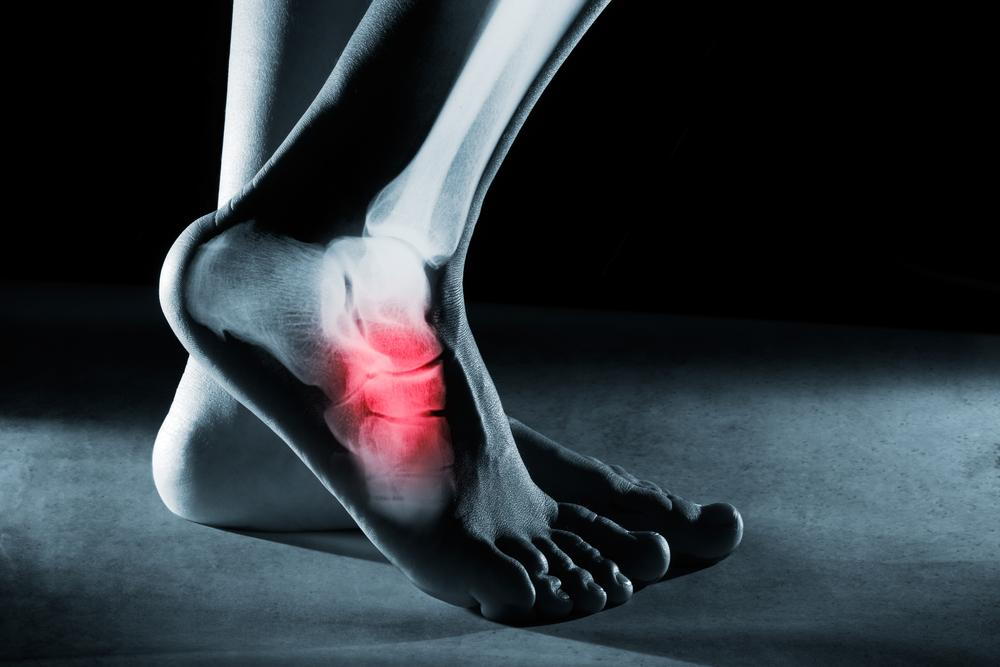 There are bones located in the foot that are known as cuboid bones. Their function is to connect the ankle to the foot, in addition to providing stability. If the joints near the cuboid bones become torn or injured, a condition known as cuboid syndrome may develop. Common symptoms may include pain and discomfort on the side of the foot, swelling near the affected area, or weakness in the toes. Some patients notice their gait may be altered, and this may be a result of attempting to minimize the pain. This condition has several causes. These may include ankle injuries, repetitive strain caused by participating in sporting activities, or medical conditions such as flat feet. If you are afflicted with cuboid syndrome, it is advised to schedule a consultation with a podiatrist who can guide you toward obtaining proper treatment.
There are bones located in the foot that are known as cuboid bones. Their function is to connect the ankle to the foot, in addition to providing stability. If the joints near the cuboid bones become torn or injured, a condition known as cuboid syndrome may develop. Common symptoms may include pain and discomfort on the side of the foot, swelling near the affected area, or weakness in the toes. Some patients notice their gait may be altered, and this may be a result of attempting to minimize the pain. This condition has several causes. These may include ankle injuries, repetitive strain caused by participating in sporting activities, or medical conditions such as flat feet. If you are afflicted with cuboid syndrome, it is advised to schedule a consultation with a podiatrist who can guide you toward obtaining proper treatment.
Cuboid syndrome, also known as cuboid subluxation, occurs when the joints and ligaments near the cuboid bone in the foot become torn. If you have cuboid syndrome, consult with Dr. LeKeisha George from Forest Hills Podiatric Medical Care. Dr. George will assess your condition and provide you with quality foot and ankle treatment.
Cuboid syndrome is a common cause of lateral foot pain, which is pain on the outside of the foot. The condition may happen suddenly due to an ankle sprain, or it may develop slowly overtime from repetitive tension through the bone and surrounding structures.
Causes
The most common causes of cuboid syndrome include:
- Injury – The most common cause of this ailment is an ankle sprain.
- Repetitive Strain – Tension placed through the peroneus longus muscle from repetitive activities such as jumping and running may cause excessive traction on the bone causing it to sublux.
- Altered Foot Biomechanics – Most people suffering from cuboid subluxation have flat feet.
Symptoms
A common symptom of cuboid syndrome is pain along the outside of the foot which can be felt in the ankle and toes. This pain may create walking difficulties and may cause those with the condition to walk with a limp.
Diagnosis
Diagnosis of cuboid syndrome is often difficult, and it is often misdiagnosed. X-rays, MRIs and CT scans often fail to properly show the cuboid subluxation. Although there isn’t a specific test used to diagnose cuboid syndrome, your podiatrist will usually check if pain is felt while pressing firmly on the cuboid bone of your foot.
Treatment
Just as the range of causes varies widely, so do treatments. Some more common treatments are ice therapy, rest, exercise, taping, and orthotics.
If you have any questions, please feel free to contact our offices located in Forest Hills, NY. We offer the newest diagnostic and treatment technologies for all your foot care needs.
Read more about cuboid syndrome